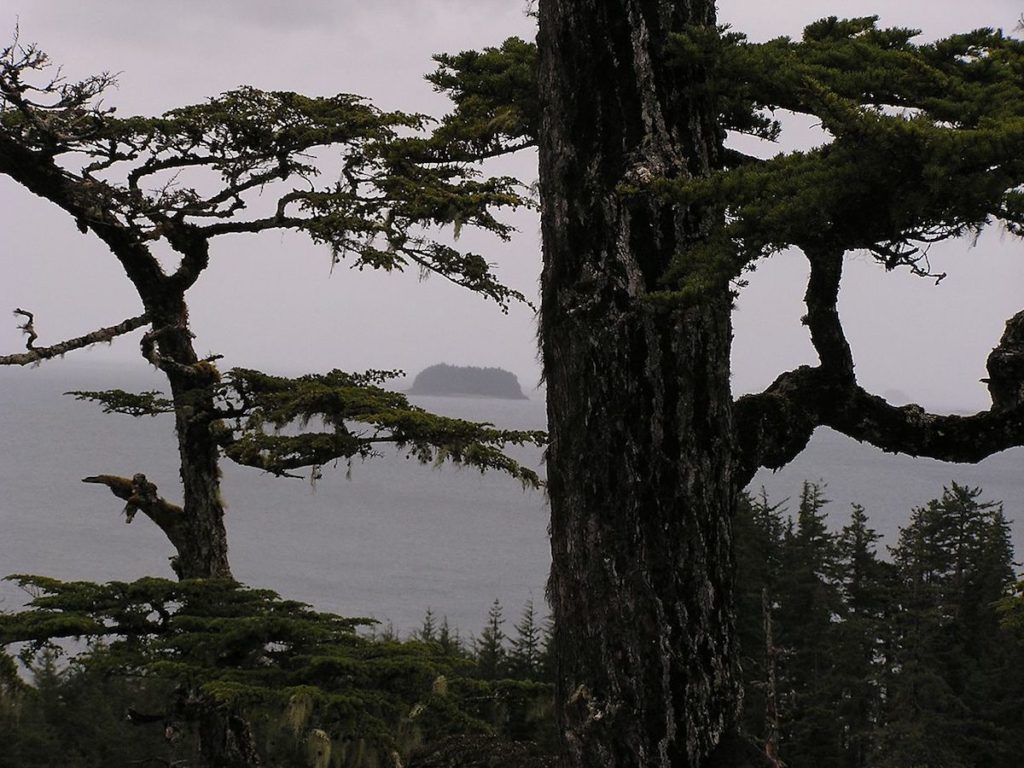 Over his breakfast of toast and eggs smothered in ketchup one morning, my father told me, “I’m having those trees cut down,” motioning to the mature white pines framed by our kitchen’s picture window.
Over his breakfast of toast and eggs smothered in ketchup one morning, my father told me, “I’m having those trees cut down,” motioning to the mature white pines framed by our kitchen’s picture window.
Rice Krispies dropped from my mouth as I nearly shouted, “Why?”
“So I can feel the sun on my face while I eat breakfast,” he said.
It was the ’60s. We’d just moved into that New Hampshire ranch house with its walk-out basement. Only a few months earlier, we’d moved from Michigan into a garrison colonial around the corner, but had moved again when my mother’s heart condition meant she could no longer climb the stairs.
On that morning and many after, I made my case for keeping those trees. I was 13. I don’t know that I was born a tree-hugger, but I imagine the loss of my home and friends in Michigan — along with the death of my mother, which left me devastated — likely heightened the intensity of the loss I felt for those trees.
So, I was fierce.
And my father relented. Those white pines stood at least another 20 years, until he sold that property.
By then I’d left home and lived in a series of apartments — two-families and multi-families in old neighborhoods and later newly-constructed condo communities along streets lined with similar developments. One was a complex of luxury units edging a golf course, near where my father and I watched the Greater Hartford Open, a PGA tournament that I, as a member of the Jaycees, had helped organize.
Those days, I didn’t give any thought to what ruins lay beneath those built environments, nor what natural environments were destroyed in creating them. No thought at all, until I moved into a newly built condo in Provincetown.
Soon after we arrived, neighborhood children began lobbing broken glass, metal-tipped arrows, and the like over our six-foot fence.
“They were used to playing in the trees and bushes there,” the father in one family told me, “but then you built the house. And then you put up that fence.” I could feel their loss.
It’s the same loss people everywhere feel when abutters develop properties to accommodate their idiosyncratic preferences. Felling trees to build a house or condos. Excavating and breaking black pines’ root systems. Razing the locusts that shade a garden. Clearing a yard of wildly growing forsythia down to bare soil.
Perhaps the replacement of such softscapes with tons of granite, concrete, or brick can bring some semblance of permanence to Provincetown’s young and impermanent landscape. Ours has no bedrock foundation, only sand laid down just a few thousand years ago, still shifting, the longshore drift moving it like a river along the back beaches, spiraling it to rest on this cape’s farthest reach — the ever-elongating tip at Long Point.
To mitigate our losses, we create covenants, bylaws, and boards to deter those who arrive late from altering the landscape as we have already done. To diminish our damage, we create conservation lands and preserves. Though we know that, at any moment, the government can roll back those protections. That is happening now in the Tongass National Forest, where the current administration has opened millions of acres of pristine old-growth cedar, spruce, and hemlock to immediate logging.
Noble and imperfect, we rage, all the while knowing that we will — as those who came before us did — use those trees for lumber to build roofs, siding, decking, and fencing, and their pulp as paper on which we write covenants, bylaws, and essays.



